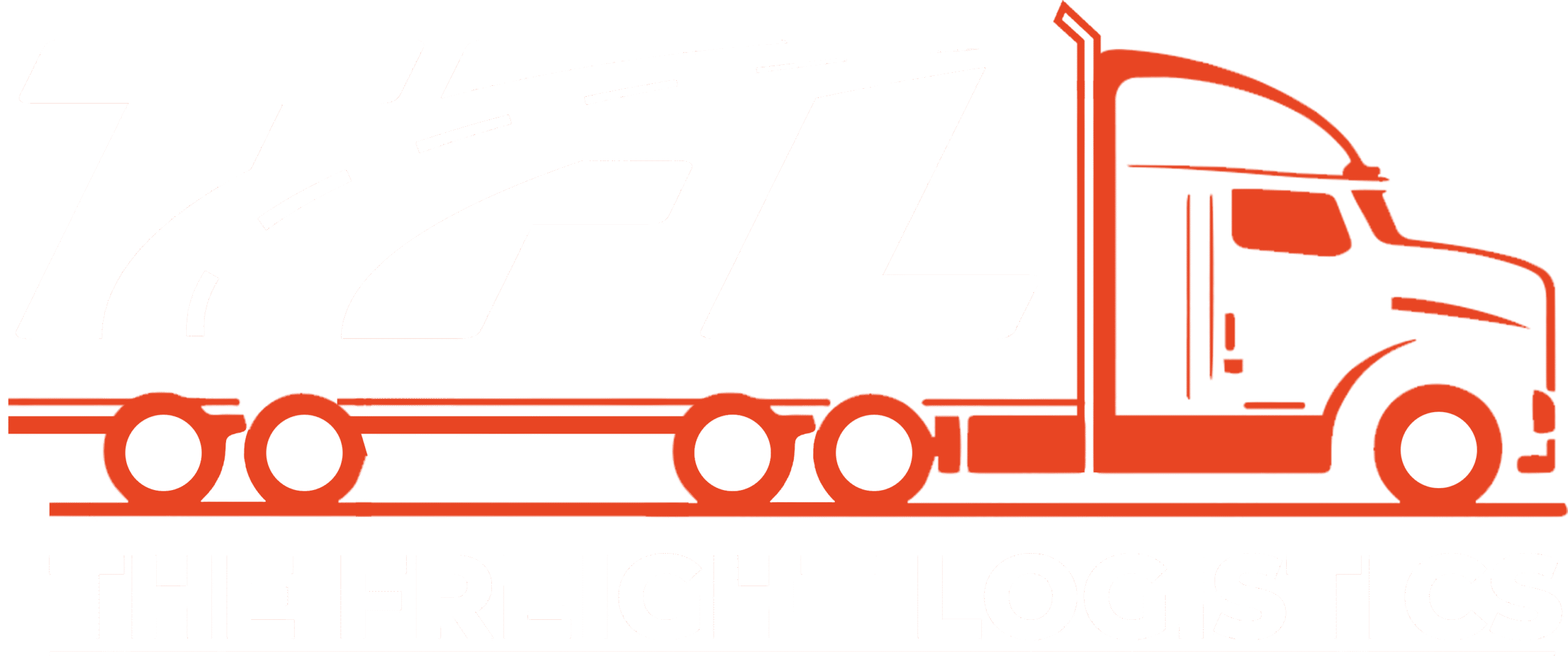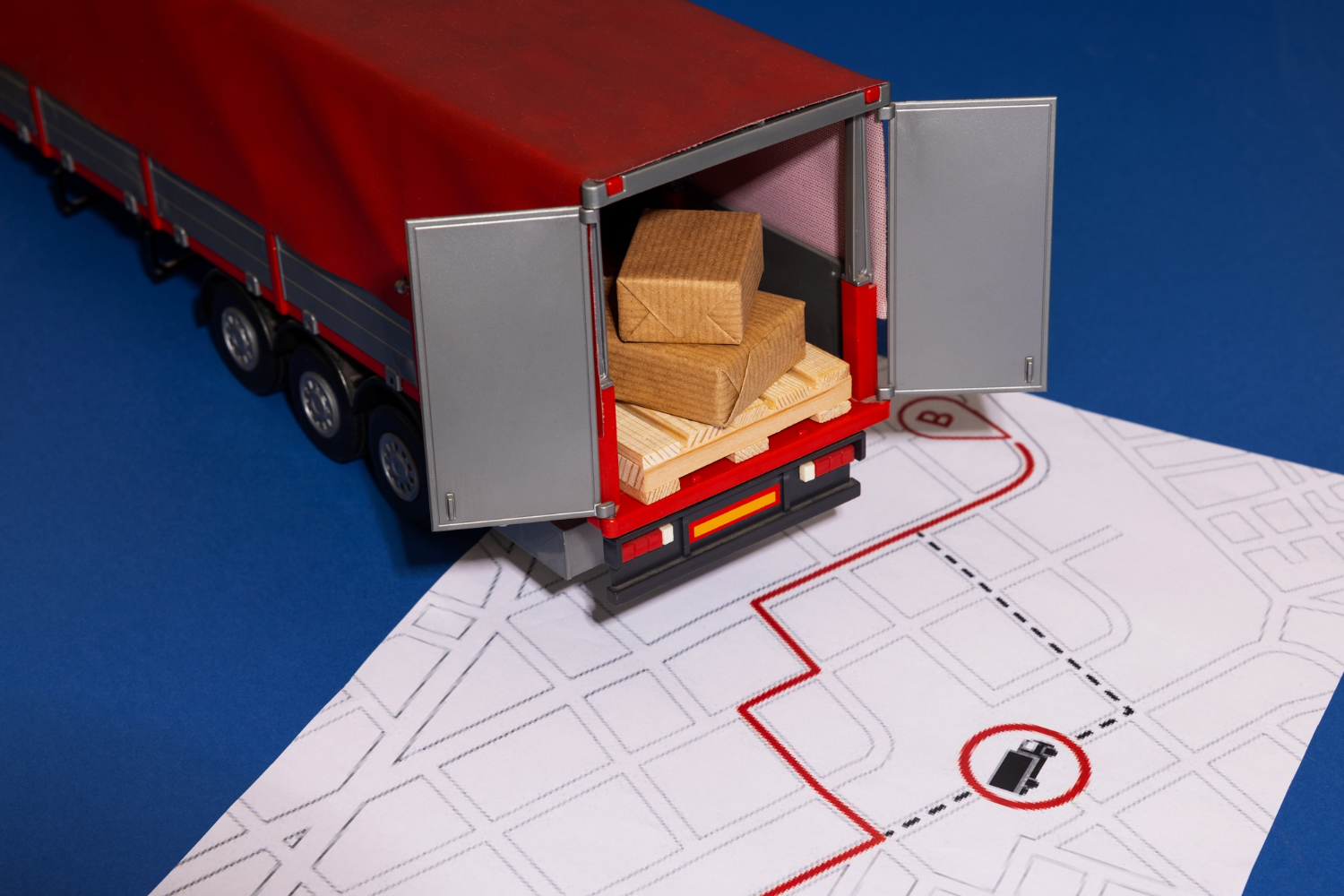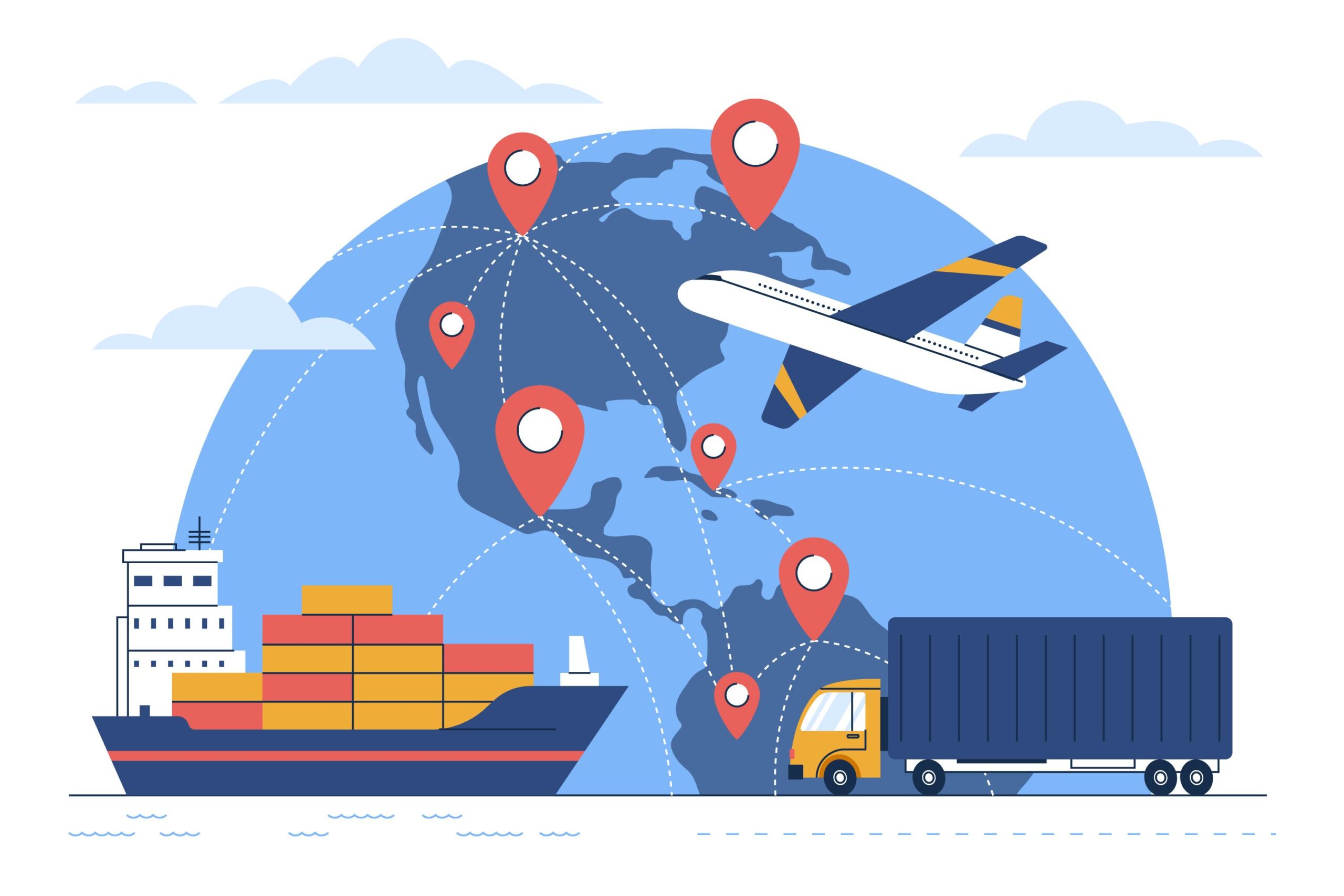If you take a peek at logistics these days,
warehousing isn't just basic storage anymore. It's turned into this lively spot full of high-tech gadgets and smart tricks to make everything flow nicely. With all the curveballs like supply issues and the explosion of online shopping, warehouses are stepping up their game to become tougher and more clever setups. Here at The Freight Logistics, we've watched businesses turn tough spots into wins by jumping on these new approaches. This post breaks down some top trends in warehousing that are hot on Google right now. If you're in charge of logistics or own a company, getting a handle on this stuff might just give you the edge you need.
Warehouse Automation on the Rise
Think back to when warehouses meant folks rushing around with clipboards? Those times are fading fast. Warehouse automation is changing the game for managing stock, grabbing items, and wrapping them up. Picture belts whizzing boxes around and robot arms nailing every sort with no mistakes, its real life, not some movie.
A big player here is automated storage and retrieval systems, or AS/RS. They can squeeze way more into your space, up to 85% better use, based on what experts say. Sure, it's faster, but it also cuts down on slip-ups from people, which matters a ton when things get busy. Take holiday rushes: these systems make sure stuff goes out on time, so no grumpy customers and steady profits. For folks with a medium-sized spot, dipping a toe in with something like automated guided vehicles (AGVs) can really shake things up without stressing everyone out.
Harnessing AI-Driven Operations
Even if you're not a huge firm, you can get into AI, it's popping up in warehouses all over, sharpening operations and improving predictions.
Instead of just crunching numbers, these tools look at what’s been happening, catch little patterns most of us would miss, and give early warnings when something’s about to go wrong, like a piece of equipment acting up or stock about to run short. It’s not magic, but it can feel that way when it saves you from a headache down the line.
With AI's predictive tools, bosses get heads-up on jams before they hit, so they can fix things ahead of time. We've seen our clients at
The Freight Logistics bump up their efficiency by 20-30% after going with AI. In the end, the idea is to crank out better results without breaking a sweat, by passing the tricky calls over to the tech.
Autonomous Mobile Robots
Picture warehouse automation as your solid base, and AMRs as the flexible tools that make everything click. Unlike the old-school bots that followed taped lines or rails, these newer models move freely, guided by sensors and onboard smarts. They adapt on the fly, weaving around people and shelves when layouts change or aisles get crowded.
The beauty is how easy they are to roll out. You don’t need a massive overhaul, start small, maybe one or two units, see how they fit in, then add more as you grow. With so many warehouses short-staffed, these little helpers can take on the heavy lifting (literally), cut down fatigue, and free up your team to focus on higher-value work. It’s not about replacing people, it’s about giving them breathing room and a smoother day on the floor.
WMS Integration: The Backbone of Modern Warehousing
You can't chat about warehouse trends without hitting on integrating Warehouse Management Systems (WMS). A solid WMS is like the brain of the operation, linking up stock checks all the way to getting orders out the door.
Hooking WMS up to things like ERP setups or online shops keeps info flowing without hitches. That kills off isolated data pockets and gives you live updates, which is huge in this business. Say a load comes in, the system refreshes counts right away and pings the crew. Our team has set up cloud WMS for clients that slashed their handling time in half. Pick one that's bendy and can grow, especially with sales coming from all sides. When precision is everything, skipping WMS integration means falling behind.
Improving Supply Chain Strength Through Warehousing
People are chatting a lot about supply chain resilience these days, and it's no wonder, the pandemic really exposed all sorts of weak links. Warehouses step up big time here, acting like a safety net during disruptions.
Here's the thing: vary your storage locations to avoid everything crashing from a single problem, and rely on number-crunching to catch risks before they blow up. Good warehouses have designs that adjust to varying demands, making sure operations keep going no matter the chaos. Thoughtful hoarding of essential products plus gadgets for more accurate guesses let you push through hard spots without much hassle. Essentially, it's about converting vulnerabilities into assets, creating a supply chain that's tough and even improves from disruptions.
Handling Reverse Logistics in Warehouses
We shouldn't skip over reverse logistics, it's that part people often forget, dealing with returns, fixes, and recycling goods. In online shopping, returns can hit 30% in some areas, so handling it well flips a drain on cash into a chance to make some back.
Places geared for this speed through inspections, fix up products, and get them back into circulation. Mixing in those return processes with your regular outbound flow helps ditch waste and squeeze extra value out of items. Take a returned product: it gets inspected in no time and redirected to bargain bins or proper recycling efforts. This really steps up the green game and makes shoppers stick around thanks to straightforward return setups. Since customers are demanding better these days, mastering reverse logistics is just smart for anyone managing a warehouse.
Conclusion
Warehousing's evolving quick, so latch onto warehouse automation, AI-driven operations, AMRs, WMS integration, supply chain resilience, and reverse logistics to move ahead. Beyond savings, it builds nimble systems for growth. We're here at The Freight Logistics to guide you, contact us for custom tips. Logistics' future's now; join in.
Frequently Asked Questions
What’s the deal with warehouse automation, and should I throw cash at it?
Honestly, “warehouse automation” just means bringing in tech that handles the boring, repetitive stuff, robots, conveyor lines, scanners , so your crew can focus on the things that need actual thinking. It’s definitely an investment, but once it’s up and rolling, you’ll spot fewer errors, faster movement of goods, and less stress when you’re short-staffed. In time they’ll cover their cost.
What is the role of WMS integration in modern warehouses?
WMS integration helps in organizing all the systems in a warehouse efficiently and systematically. It gives the user high visibility and accuracy, along with faster co-ordination, even if the orders are from multiple sales channels.
How does warehousing amp up supply chain resilience?
Varying your storage places, diving into the stats, and keeping stock that flexes with needs makes warehouses solid stand-ins during messes, ensuring steady ops and fast recoveries.
In what way does reverse logistics aid sustainable warehousing?
Reverse logistics steps up to tackle returns and spot chances to repurpose items, which trims the junk pile, stretches out the usability of gear that's seen better days, backs up wiser choices for the environment, and might even pocket a few extra bucks from sprucing up and flipping goods.





